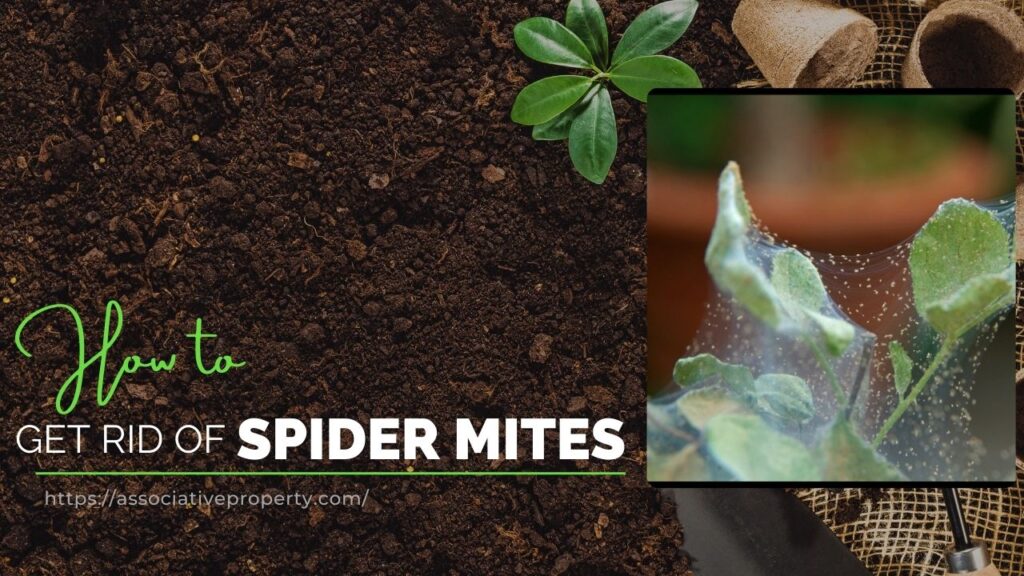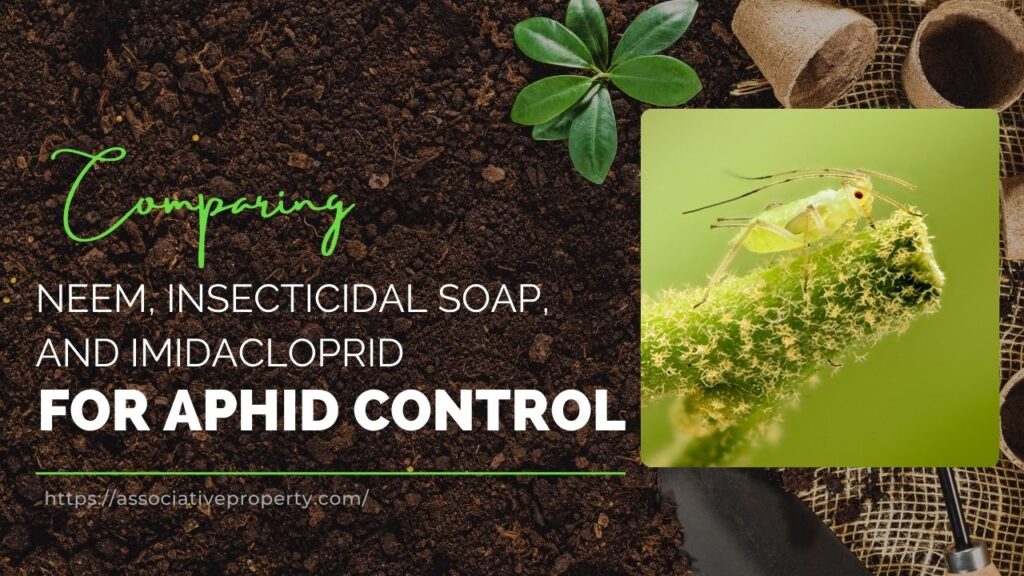I’ve dealt with a lot in my gardening journey, but few pests are as persistent and frustrating as mealybugs and aphids. These tiny invaders are like the coronavirus of the plant world, they spread fast and often wreak havoc before you even realize they’re there.
Today, I want to share my 10 best treatments for tackling these sap-sucking pests. Whether it’s a mild infestation or a full-blown outbreak, I’ve tested each of these methods myself. Stick around, because I’ll even tell you about my favorite “cocktail spray” that wipes them out almost instantly.
What Are Mealybugs?
Mealybugs are soft-bodied insects covered in a white, waxy, cotton-like substance. They feed on your plant’s sap and weaken it over time. There are mainly two types to watch out for in home gardening:
If you spot ants and mealybugs together, it’s even more serious. They have a symbiotic relationship, ants protect mealybugs from predators in exchange for the sweet honeydew they excrete. This is true for aphids too.
Quick Overview of Treatments
Following is a snapshot of the treatments I’ll walk you through:
| Treatment Method | Best For | Notes |
|---|---|---|
| Isolation | Early-stage infestations | Prevents spread |
| Pruning | Localized infestation | Remove infected parts |
| Bug Blaster | Mild cases without ants | Use high-pressure water |
| Soap Water | Small-scale cases | Do not use if ants are present |
| Neem Oil Spray | General infestations | Organic, safe, needs repetition |
| Rubbing Alcohol | Spot treatment or diluted spray | Instant results |
| Cocktail Spray | Severe infestations | Strong and highly effective |
| Diatomaceous Earth | When ants are present | Harmful to pollinators, use wisely |
| Chemical Insecticides | Last resort | Not recommended for organic gardens |
| Hydrogen Peroxide | Root mealybugs | Use in soil as drench |
1. Isolate the Infected Plant
The first thing I do when I spot mealybugs is move the plant away from the others. These pests spread like wildfire, and this step helps contain them.
2. Pruning Affected Branches
When I see that the bugs are clustered on the tips of branches, I simply cut off those branches and dispose of them carefully. If possible, I burn them to ensure they don’t return.
3. The Bug Blaster Method
For mild infestations, especially when no ants are around, I use high-pressure water, preferably warm, to dislodge them. It’s a quick and chemical-free way to reduce their numbers.
4. Soap Water Spray
I often mix 1 teaspoon of dish soap or shampoo in 1 liter of water and spray it on the plant. This works by loosening the grip of the bugs, causing them to fall off. But again, this doesn’t work well when ants are around.
Related: Comparing Neem, Insecticidal Soap, and Imidacloprid for Aphid Control
5. Neem Oil Spray
Neem oil is my favorite organic pesticide. I mix:
- 1 teaspoon Neem Oil
- 10 drops of dish soap
- 1 liter of water
Then I drench the entire plant, including the topsoil. This method takes time and needs to be repeated weekly. I always do a patch test on one leaf first, if it wilts, I dilute the mix more.
6. Rubbing Alcohol (70% Isopropyl)
This one works like magic on mealybugs. Here’s how I use it:
- Small infestation: Dab bugs with an alcohol-soaked cotton swab.
- Large infestation: Mix 1:1 alcohol and water, then spray.
The alcohol dissolves their waxy coating instantly. But again, always patch test before going all in.
Pro Tip: If you don’t have rubbing alcohol, use hand sanitizer or aftershave.
7. The Powerful Cocktail Spray
When nothing else works, I bring out the big guns, my cocktail mix. Here’s the recipe:
- 500 ml water
- ½–1 teaspoon Neem oil
- 250 ml rubbing alcohol (or substitute)
- 10 drops of dish soap
Shake well and spray thoroughly, but don’t forget the patch test! This has wiped out the worst infestations in my garden.
8. Diatomaceous Earth (DE Powder)
This is great for situations where ants are helping the bugs. I dust DE powder around the base and onto leaves, but never on flowers as it can harm pollinators. It’s effective against both ants and mealybugs.
9. Chemical Insecticides
Chemicals like Malathion or Carbaryl do kill mealybugs, but I avoid them unless it’s the only option. If one plant is badly infested and others are still safe, sometimes it’s better to sacrifice the infected one to save the rest.
10. Hydrogen Peroxide for Root Mealybugs
When the infestation is underground, I use:
- 2 cups of 3% Hydrogen Peroxide per liter of water, or
- 1 cup of 6% Hydrogen Peroxide per liter
Then I water the plant with this solution and repeat it after a week if needed.
Plants Commonly Affected by Mealybugs and Aphids
| Plant Name | Pest Susceptibility | Preferred Conditions | Signs of Infestation | Recommended Control Frequency |
|---|---|---|---|---|
| Rose (Rosa spp.) | High (Aphids & Mealybugs) | Sunny, well-drained soil | Deformed buds, sticky leaves | Weekly during active growth |
| Hibiscus | Very High (Mealybugs) | Warm, humid climates | Cottony clusters on stems & buds | Twice a week during infestations |
| Tomato (Solanum lycopersicum) | Moderate (Aphids) | Full sun, rich soil | Leaf curling, yellowing leaves | Biweekly spray in growing season |
| Jasmine (Jasminum spp.) | High (Mealybugs) | Moist soil, partial shade | Stunted growth, honeydew deposits | Weekly |
| Succulents | High (Root & Leaf Mealybugs) | Dry, well-drained soil | White wax near root/stem junctions | Monthly preventive treatment |
| Chili/Pepper Plants | Moderate to High (Aphids) | Warm weather, well-drained soil | Yellow spots, ants crawling over leaves | Weekly when aphids are present |
| Citrus Trees | High (Aphids & Mealybugs) | Warm climate, deep watering | Leaf curling, sooty mold | Biweekly monitoring |
| Coleus | High (Aphids) | Bright shade, moist soil | Discolored leaves, distorted growth | Weekly soap spray recommended |
| Croton | High (Mealybugs) | Humid, bright light | Cottony buildup in leaf axils | Spray every 10 days |
| Bougainvillea | Moderate (Aphids) | Hot, dry conditions | Small bugs on tender shoots | Light pruning + monthly control |
Final Thoughts
Mealybugs and aphids can feel like a nightmare, but with the right strategy, you can take back control of your garden. These 10 methods have helped me maintain a healthy, thriving plant collection without relying heavily on harmful chemicals.
Got a question or want to share your experience? Drop a comment, I’d love to hear from you.
Happy gardening!
Frequently Asked Questions (FAQs) About Mealybugs and Aphids
1. Can mealybugs or aphids kill a plant entirely?
Yes, if left untreated, both mealybugs and aphids can completely drain the life out of a plant. These pests feed on plant sap, which weakens the plant over time. Prolonged infestations can lead to:
- Stunted growth
- Leaf yellowing and drop
- Bud and flower loss
- Fungal infections (like sooty mold) from honeydew
In severe cases, particularly with young or potted plants, the infestation can cause total plant death.
2. What’s the best time of day to apply treatments like neem oil or alcohol spray?
As a professional rule of thumb, I recommend applying any treatment early in the morning or late in the afternoon. Here’s why:
- Avoid leaf burn: Midday sun can heat up the treatment, causing leaf scorch.
- Better absorption: Plants are less stressed during cooler parts of the day.
- Extended contact time: Sprays evaporate slower, improving effectiveness.
Avoid spraying before rain or heavy watering, as it can wash the treatment off.
3. Do mealybugs and aphids affect indoor plants differently?
Yes, indoor plants can be even more vulnerable. Unlike outdoor plants, indoor plants have fewer natural predators (like ladybugs), and the enclosed environment can help pests thrive.
Key considerations for indoor infestations:
- Use gentler solutions (diluted alcohol, neem oil).
- Improve ventilation and light to discourage pests.
- Isolate infected plants to stop rapid spread in small spaces.
4. How do I prevent re-infestation after treatment?
Prevention is often more important than the treatment itself. As a best practice, I suggest the following:
- Quarantine new plants for at least 7–10 days before introducing them to your collection.
- Wipe down leaves weekly with a neem-based solution or just plain water to detect early signs.
- Use sticky traps to monitor for flying aphids.
- Improve soil hygiene by replacing topsoil every few months in potted plants.
- Boost plant immunity by feeding with balanced fertilizers (like NPK 10-10-10).
5. Are natural predators effective, and can I introduce them?
Absolutely. In fact, biological control is an excellent long-term solution. You can introduce:
- Ladybugs (Coccinellidae) – excellent for aphids
- Green lacewings (Chrysoperla spp.)
- Parasitic wasps (like Aphidius spp. for aphids)
However, this method is more suited for outdoor gardens or greenhouses, as it’s difficult to maintain predator populations indoors.
6. How do ants affect aphid and mealybug infestations?
Ants aren’t


